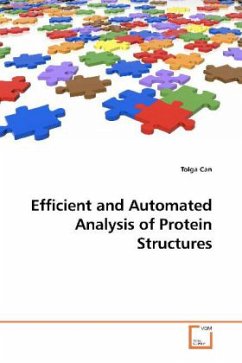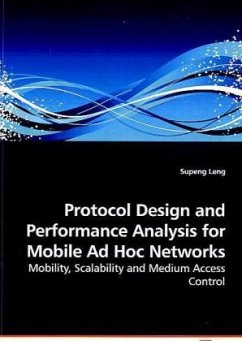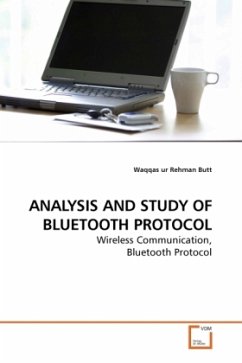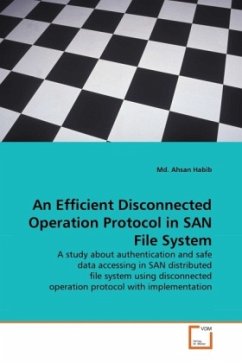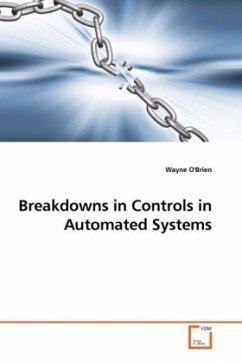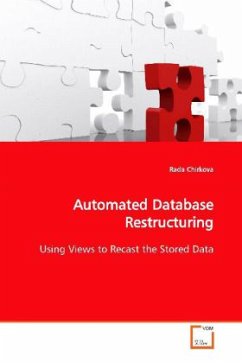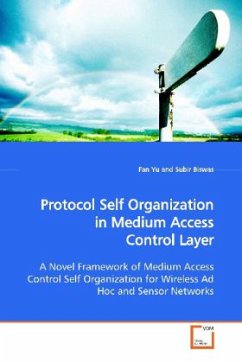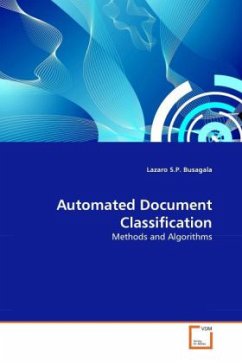
Automated Protocol Data Analysis
Automation at Different Test Levels for Automatic Train Protection Systems
Versandkostenfrei!
Versandfertig in 6-10 Tagen
32,99 €
inkl. MwSt.

PAYBACK Punkte
16 °P sammeln!
In the system test of automatic train protectionsystem EBICAB 2000 DES, the telegrams and bus dataare being recorded and afterwards stored in adatabase for further evaluation and analysis,approximately 350.000 of single signals every minuteof a test. A client/server concept has been developedand implemented in order to prepare and reduce thedata in such a way, that only significant values changes will be filtered out for evaluation. Theexisting protocol data analysis function has to beextended in the way that the analysis could be runautomatically. The intent is to simplify, accelerateand make...
In the system test of automatic train protection
system EBICAB 2000 DES, the telegrams and bus data
are being recorded and afterwards stored in a
database for further evaluation and analysis,
approximately 350.000 of single signals every minute
of a test. A client/server concept has been developed
and implemented in order to prepare and reduce the
data in such a way, that only significant values
changes will be filtered out for evaluation. The
existing protocol data analysis function has to be
extended in the way that the analysis could be run
automatically. The intent is to simplify, accelerate
and make safer the visual data analysis, performed by
testers. The comparison between recorded log data and
expected reactions has to be performed, producing the
result in a form of test passed or test failed .
The creation and implementation of mentioned
extension is the purpose of this work.
system EBICAB 2000 DES, the telegrams and bus data
are being recorded and afterwards stored in a
database for further evaluation and analysis,
approximately 350.000 of single signals every minute
of a test. A client/server concept has been developed
and implemented in order to prepare and reduce the
data in such a way, that only significant values
changes will be filtered out for evaluation. The
existing protocol data analysis function has to be
extended in the way that the analysis could be run
automatically. The intent is to simplify, accelerate
and make safer the visual data analysis, performed by
testers. The comparison between recorded log data and
expected reactions has to be performed, producing the
result in a form of test passed or test failed .
The creation and implementation of mentioned
extension is the purpose of this work.



